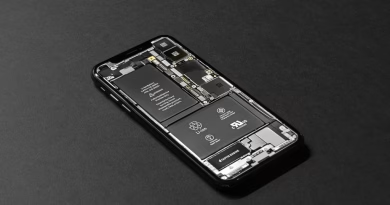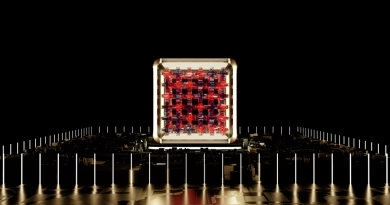The Brain-Race: Inside the High-Stakes Battle to Build a Commercial BCI
The dream of connecting the human brain directly to a computer is no longer confined to university research labs. It has become the tech industry’s next great battleground, a high-stakes “Brain-Race” fueled by billions in venture capital and the ambitions of some of the world’s most prominent technologists.
The goal is no longer just to prove that Brain-Computer Interfaces (BCIs) can work. The race is now on to navigate the immense ethical and regulatory hurdles to bring the first commercially viable BCI to market. Leading the charge are two companies with fundamentally different philosophies, each vying to be the first to successfully bridge the gap between mind and machine: Elon Musk’s ambitious Neuralink and the more methodical Synchron.
The Contenders and Their Different Approaches
This isn’t just a competition of engineering; it’s a clash of strategies.
1. Neuralink: The High-Bandwidth Moonshot Led by the audacious vision of Elon Musk, Neuralink is taking a high-risk, high-reward approach. Their device is a small, coin-sized implant that requires a significant surgical procedure where a robot precisely inserts over a thousand ultra-thin electrode “threads” directly into the brain tissue.
- The Advantage: This direct-contact method promises an incredibly high “bandwidth”—the ability to read and potentially write a massive amount of neural information. This is the approach needed to achieve the sci-fi goals of controlling complex robotics, restoring high-fidelity sensory information, and eventually, augmenting human capabilities.
- The Challenge: The surgical procedure is highly invasive, carrying more risk and facing a much higher bar for regulatory approval from bodies like the FDA. The long-term effects of having these threads in the brain are still being studied.
2. Synchron: The Less-Invasive Highway Synchron, a key competitor, has taken a dramatically different and arguably more pragmatic approach. Their flagship device, the “Stentrode,” avoids open-brain surgery altogether.
- The Advantage: The Stentrode is a small, stent-like mesh that is delivered to the brain through the blood vessels, specifically the jugular vein, in a minimally invasive procedure similar to implanting a heart stent. It rests against the wall of a blood vessel near the motor cortex, reading neural signals from there. This less-invasive method is potentially safer and faces a smoother, faster path to FDA approval for medical use.
- The Challenge: Because it doesn’t make direct contact with the brain tissue, the Stentrode captures a lower-resolution, lower-bandwidth signal compared to Neuralink’s device. It’s excellent for its initial goal—allowing paralyzed patients to control digital devices for texting and Browse—but it may not be suitable for the more complex applications Neuralink is targeting.
The Race for Approval and First Use
The first finish line in this race is FDA approval for medical applications. Both companies are focused on helping patients with severe paralysis regain the ability to communicate and interact with the world by controlling cursors and keyboards with their thoughts.
Synchron currently appears to have a lead in the regulatory race, having already conducted human trials for several years with promising results. Neuralink is catching up, with its own human trials now underway, but its more invasive technology requires a more rigorous safety evaluation.
The long-term commercial endgame is where the strategies diverge. Synchron aims to dominate the medical and assistive technology market. Neuralink, true to Musk’s form, has a grander vision of eventually offering its BCI as an elective product for augmenting human memory and intelligence, creating a symbiotic relationship with AI.
The Brain-Race is a marathon, not a sprint. It’s a field where progress is measured in years of careful trials, not months of rapid software updates. While Neuralink’s high-bandwidth approach may hold the key to a more spectacular, science-fiction future, Synchron’s safer, more pragmatic path might be the one that gets a product to patients first. The one certainty is that the race is on, and its outcome will redefine what it means to be human.



